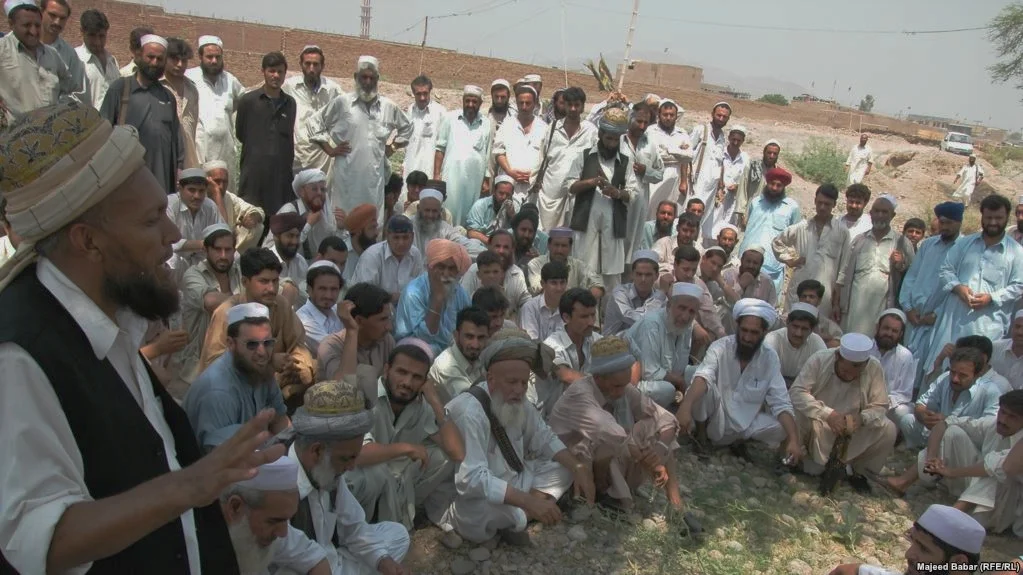Incorporating the centre of gravity with the indirect approach makes one’s actions more potent, providing an effective focal point that if successfully hit promises high yields for minimal costs. While like any other stratagem it will not always be possible to find the opportunity for both to be applied in conjunction with each other, perhaps because one lacks the options for manoeuvre or the centre of gravity is too well guarded, the yield is exponentially increased when a convergence exists.
Relationships with God and Community as Critical Nodes in Center of Gravity Analysis
Fighting in Three Realms: Democratic, Autocratic, and Ideological
The political nature of the combatants changes the character of the war being fought. It starts with the idea that wars are different based on the type of political organization fighting the war. Democracies fight wars differently than autocracies, which fight wars differently than theocracies. The political nature of each of these types of government offer both strengths and weaknesses during the campaign. To develop a complete strategy the military and political leadership must take these differences into account.
The Case for AF-PAK Federally Administered Tribal Areas
The present center of gravity in Afghanistan is the Taliban subsystem of the greater Pashtun social system enabled by Pakistani elites. The insurgency is effectively wielding power to meet their independence and removal of foreign occupation objectives. Re-analyzing the critical factors and engaging the critical vulnerability of ineffective governance forces nonlinear change. Ineffective governance by all relevant actors is mitigated by transforming Afghanistan into a federal system of government with semi-autonomous areas. This includes political accommodation, ethnic nationalism, financial incentive structures, and power sharing.
Moving Beyond Mechanical Metaphors: Debunking the Applicability of Centers of Gravity in 21st Century Warfare
As many historians like to point out, 19th century Prussian military theorist and army officer Carl von Clausewitz’s (1780-1831) seminal work, On War, was not written to be a “how-to” manual about waging warfare, but instead as a timeless treatise on the nature of war. Yet, Clausewitz was a product of both his time and experience. As a result, some of the ideas and metaphors Clausewitz used to describe his understanding of war and warfare might have outlived their utility. This is certainly not to say On War or Clausewitzian theory no longer carries value, but instead suggests some of the concepts therein need reexamined in relation to the passing of time. One of Clausewitz’s more controversial concepts, the center of gravity, falls into this category. The center of gravity (COG) – a metaphor to define warfare between relatively closed systems – has been rendered ineffective in modern warfare. Modern warfare is embodied by the collision of opposing systems in pursuit of political objectives. Modern systems sense, adapt, and act, while simultaneously hiding and protecting their critical vulnerabilities, and operating for self-perpetuation. Doctrine, rooted in a linear, Jominian application of Clausewitz’s COG concept, lacks the agility – cognitive and physical – to match the dynamism of contemporary systems warfare. As a result, doctrine must break with an anachronistic application of a metaphor, which is suited for 18th and 19th century warfare, and instead address the realities of contemporary and future warfare by replacing the COG with a systems approach that accounts for an adversarial systems’ ability to sense, adapt, and act. In doing so, doctrine will become more responsive to the fleeting opportunities in warfare, resulting in a more meaningful use of force.






